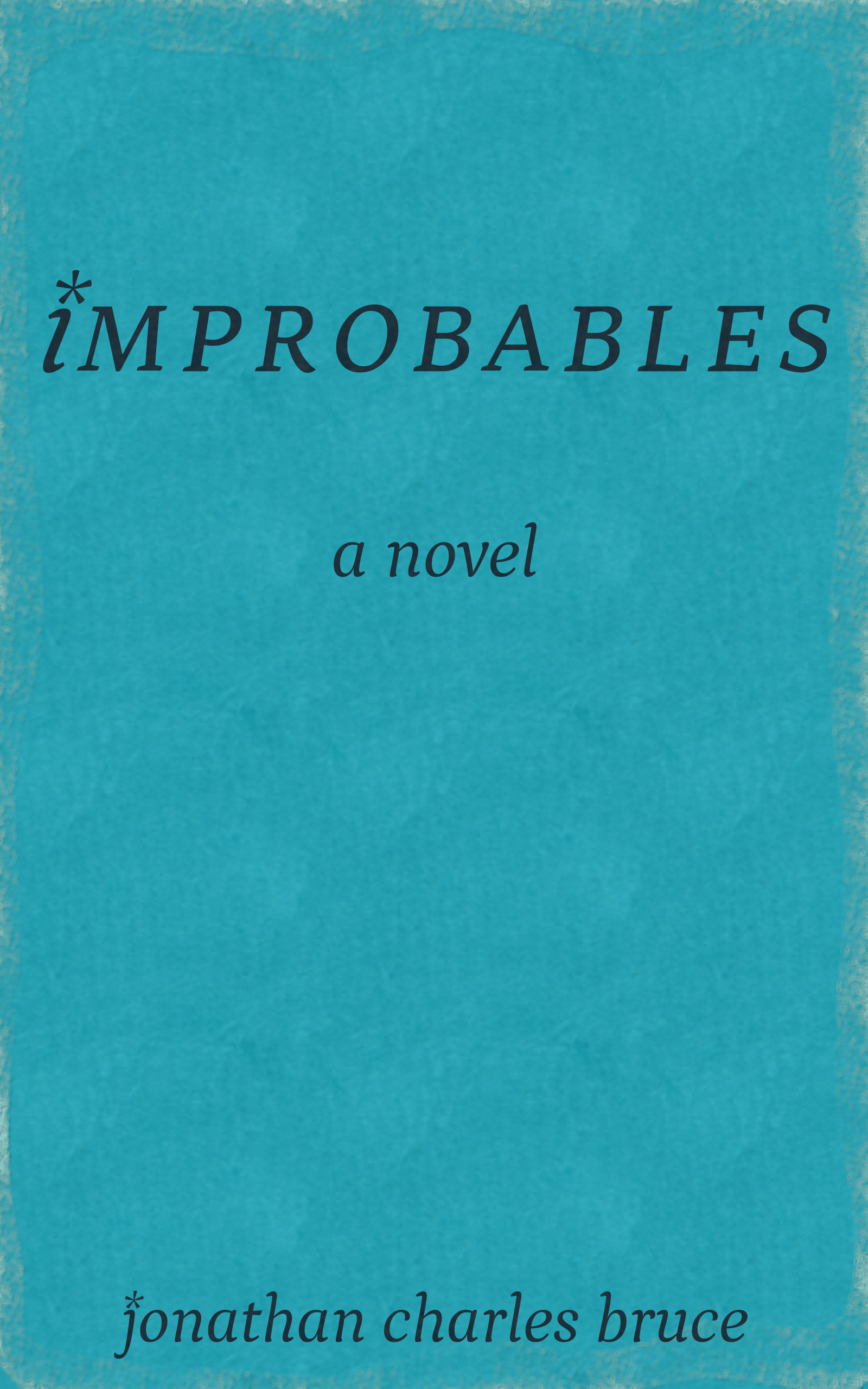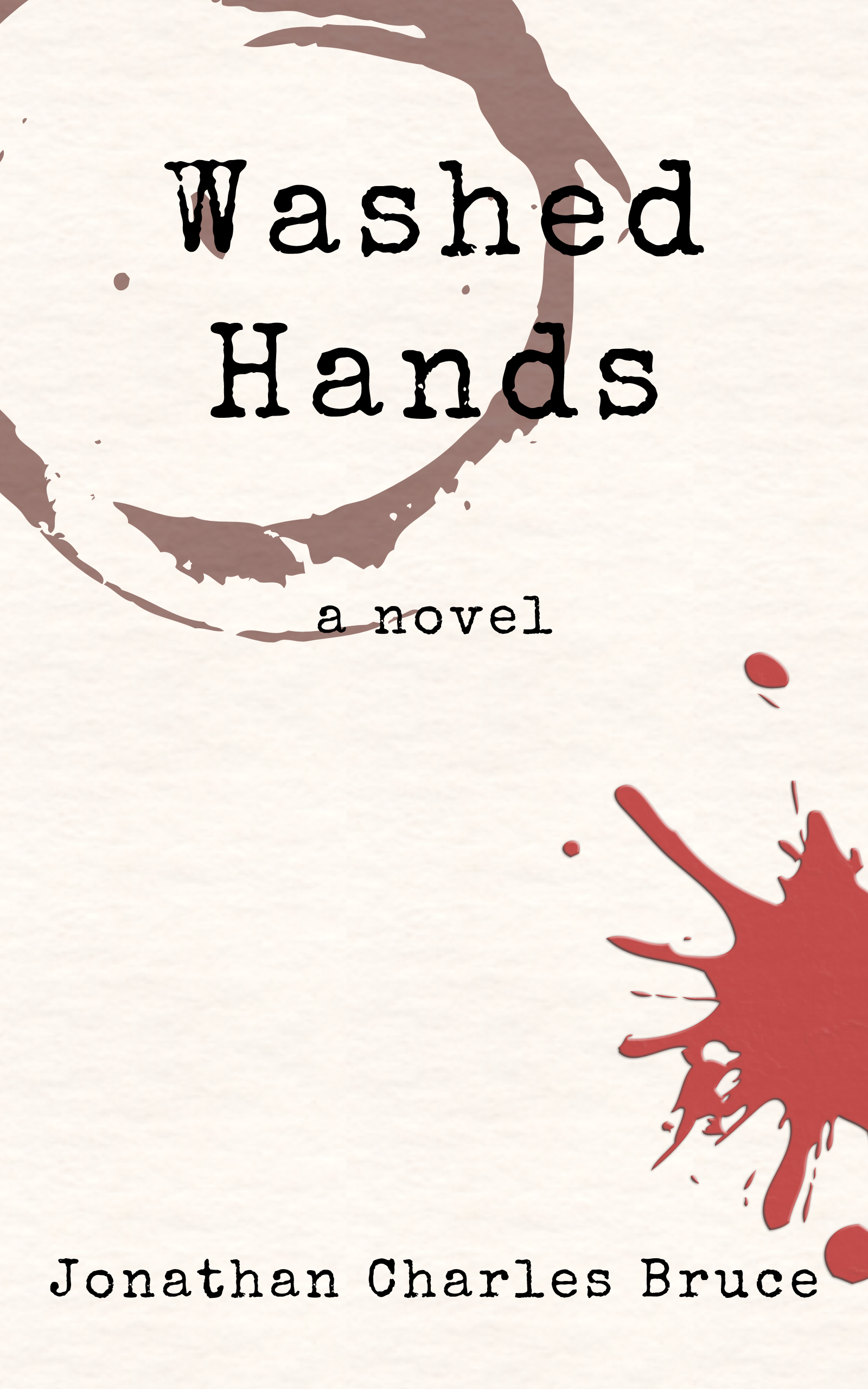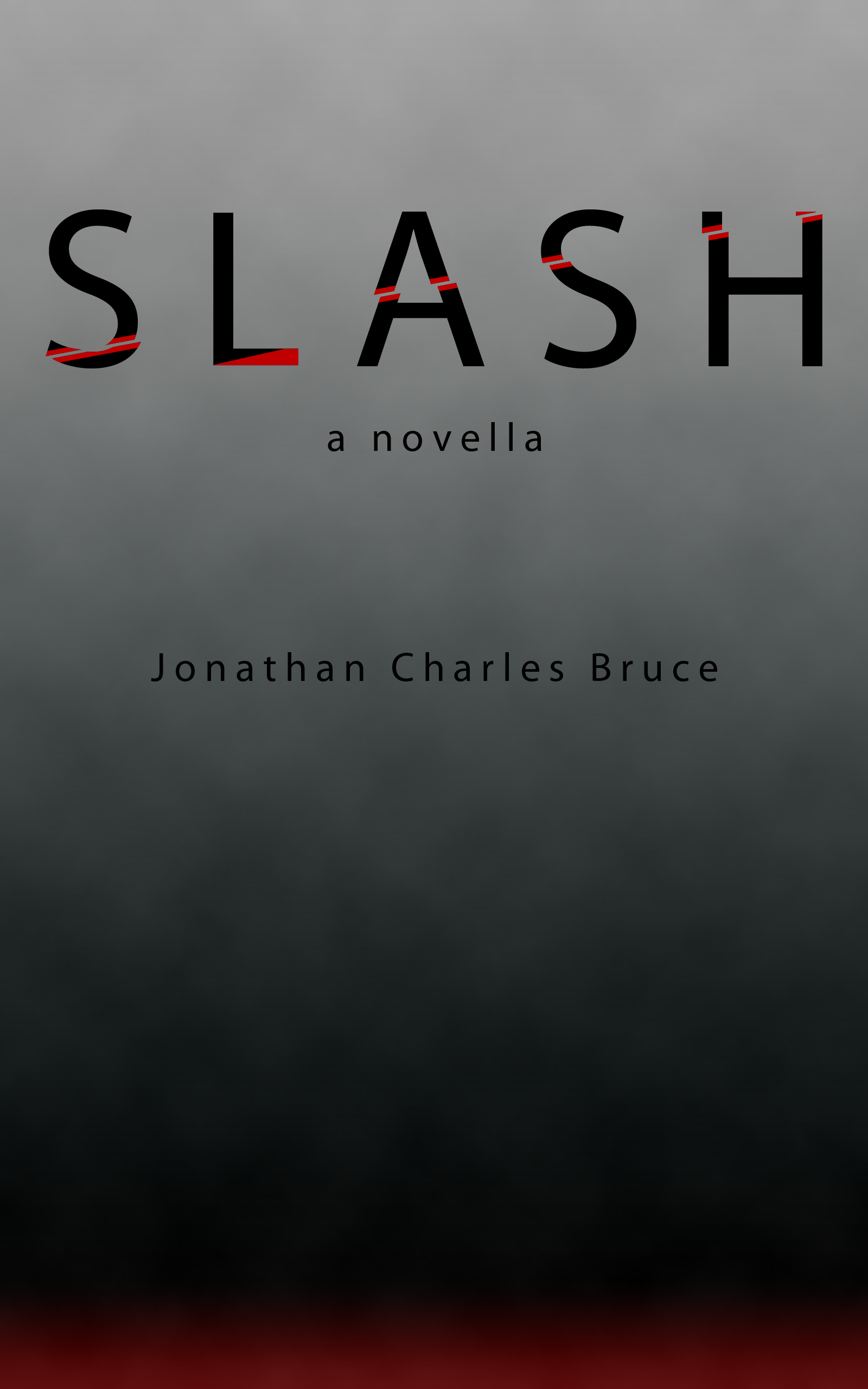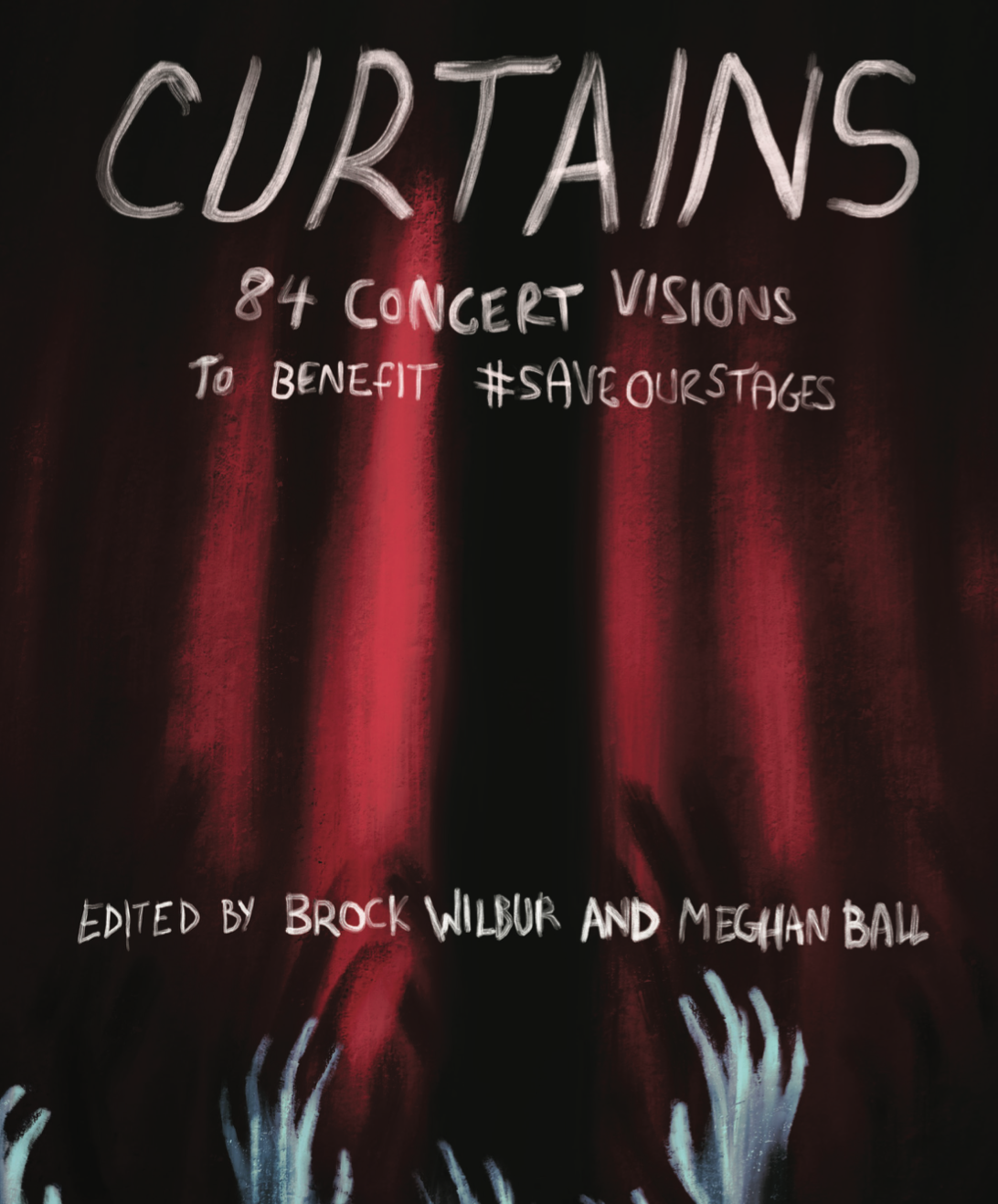A Word on Romancifying
So you may have heard I done wroted another book. Rather than a superhero punch up or a compact thriller, this one happens to be paranormal romance. This is the kind of thing that is a fantastic advantage to being a small, no-name author: I get to try out different things to see if there’s a click. Although I thoroughly enjoyed working through Project Northwoods and Washed Hands, Improbables (once I got rolling) was satisfying in a way that the other two just weren’t.

With a resounding endorsement like that, how can you stay away?
Outside of the initial difficulty in getting started, developing the plot and character interactions was a bit like solving a particularly devious riddle. In the average novel (I assume, anyway), there are webs of character relationships that intersect and have their own focus and evolution. With something more thriller-based, characters tend to have their own separate arcs wherein they become new in some way—wiser, stronger, better. Individual characters’ worlds are parallel to each other, not intersecting.
It is part of why romantic relationships in these genres tend to strike me as far more plastic than authentic. Since the core of a thriller or an action-oriented novel is going to be on set pieces and central narrative development, the primary emotions that these situations facilitate are things like trust, devotion, and comradery. All of these things can grow into any romantic relationship, and any mature romance is not particularly pretty without them, but I feel that too often it’s easy to mistake these feelings for romantic love.
Part of it is the allure of love-at-first-sight as a crux of our cultural mythos. Part of it is also incredibly dated notions that certain audiences crave certain things and, in order to bring in the most readers/viewers/whatever into the fold, you must find some way to appease everyone. It doesn’t feel right because it isn’t developed.
The closest I got to creating a “romance” before this was with a handful of characters in Project Northwoods. Each is stymied in its own way: one is a woman who only has a superficial sexual interest in another character, one is the result of a long and fairly twisted relationship that happens before the events of the book, and the last is a teenager with a rather naïve understanding of romance. The closest one who gets a completed arc is the teenager, and it doesn’t end happily—the affection is one-sided, you see.
At least one thing unites all of these story points: they appear to be very “easy” relationships to write. Unrequited love involves only the suppressed emotions on one side and the other’s refusal to budge. One character gets the arc, the other remains static.
The others are examples of things I do fairly well. The first one I mentioned has to do with my skill with dialogue: a character feeling out her sexual prospects provides me the opportunity for flirtatiousness and playful teasing. Plus, it doesn’t go anywhere—it is a couple of scenes before the main business of the plot is picked up and distracts from the mushy stuff.
The last one (yet the second I mentioned… god, I’m terrible with lists) is actually the end result of years’ worth of “off camera” tension and misdirected antagonism. The animosity between the two characters tells us that there’s something between the two, but although the degree to which they dislike each other is the only thing that varies. The heavy lifting of their relationship, though, was done years before the events of the novel. It was just up to me to drop hints and have a “Is it getting hot in here?” moment later on.
The point I’m getting at is that the idea of creating and following a relationship in its initial stages was unfamiliar territory. I knew the stereotypical tropes of the paranormal romance genre, but I felt like it was my job to subvert them. On top of that, tropes are just well-established rhetorical tools. They don’t dictate or reveal ways of writing in a genre, just familiar story beats and expectations for character behavior.
Since I was going to be venturing out into uncharted territory, I decided to elicit help for the story telling process. At the same time, I didn’t want to send people every chapter that I drafted as I drafted them. With that in mind, I wrote twelve chapters of Improbables before sending it out to beta readers. Outside of the occasionally unhelpful comments (“I like your main character!”, while indeed a thing someone may want to hear, is not particularly useful), one of the most common critiques I received was that it was slow.
By the time the first twelve chapters close out, we have been introduced to our principal cast. Indeed, the main love interest has been around for quite a while. Abigail, our heroine, is exposed to the world of the paranormal and is juggling awkward drama at work. She’s had family issues and, off in the wings, an unknown someone looks to be stirring trouble. It was hard for me to really agree that it was slow. Nevertheless, I added tweaks (facilitated by the need for an additional character written about in later chapters) to address this.
Looking back at this, I think I may have misinterpreted the criticism. I think the slowness may have been in reference to the romance—that it felt slower than it should have, perhaps giving the impression that the plot was running in place.
From what I remember from the occasional class that looked at various genres, most romantic fiction, whether film or movie, follows a standard three act structure. Since the relationship is the central arc being explored, the first act is the rising action—that is to say, the initial contact wherein chemistry betwixt the main characters is felt and the development of the relationship gets underway. Act two contains the “darkest moment”—the apparent wedge that will drive the two characters apart. Act three is our resolution and triumph—the pretty people get to be pretty together and, god willing, will mash their privates together sexily.
Outside of adding shapeshifting grumps and drunken vampires to the mix, the basic formula remains pretty consistent. The second act “But we can’t be together” moment is usually because the world of the paranormal is just too dangerous for the frail human. The biggest threat is handled in act three, and people are free to get it on.
Improbables does indeed have that arc, but that first act is drawn out. And during that first act, there are two or three other plot threads that begin their own versions of the three-act structure. But the point is that the central relationship arc misses one key element—the mutual lust at first sight bit.
We’ve become programmed to look for immediate, mutual chemistry between two characters as the inciting incident of the relationship. And there’s nothing wrong with that—it’s certainly better than the unwanted, terrifying attention of Noah in The Notebook (kids, it’s never okay to threaten suicide to get someone to date you—no matter how dreamy you think Ryan Gosling is). The issue at heart here, perhaps, is that without the lust-at-first-sight reaction, the flag wasn’t set for first act to begin properly in the eyes of the readers.
From the get-go, Improbables wasn’t going to mesh perfectly with genre conventions. As such, this concern from my readers was actually an intended result of how I wanted my story to play out. My interest in writing the development of a romance wasn’t in exploring familiar territory, but rather to see if I could take the joys and heartbreaks of real relationships and express them effectively in my writing.
Since most of my relationships—at least the ones I remember most fondly—grew out of months of semi-unwitting courtship (that is to say, being friends with people first and foremost), I wanted to relay that gradual affection that boils over into romantic love. As such, taking the time to highlight some of the most important beats of a friendship that blossoms into something more was of paramount concern. Hence, its slowness.
I also wanted it to grow out of legitimate, cultivated emotions. And those kinds of emotions need something more than just one or two instances to really come across as authentic. In other words, I didn’t want it to seem like the relationship that developed was a novelty—“Oh, I love werewolves. Let’s fuck.” Is there anything that could seem more unbelievably trite and destined for disaster than loving someone for a single feature? People unexpectedly fall in love with people outside of their “ideal” mate all the damn time; those are the stories that I find are the most interesting to tell and hear.
So, yeah. That’s what I tried to do, anyway. For all I know, it’s terrible and I’ve suckered you into reading 1,503 words about my rambling take on the topic. I’m going to call that a definitive win.
< PREVIOUS ENTRY • NEXT ENTRY >
Advice • Fiction • Gaming • General Musings • Reviews




